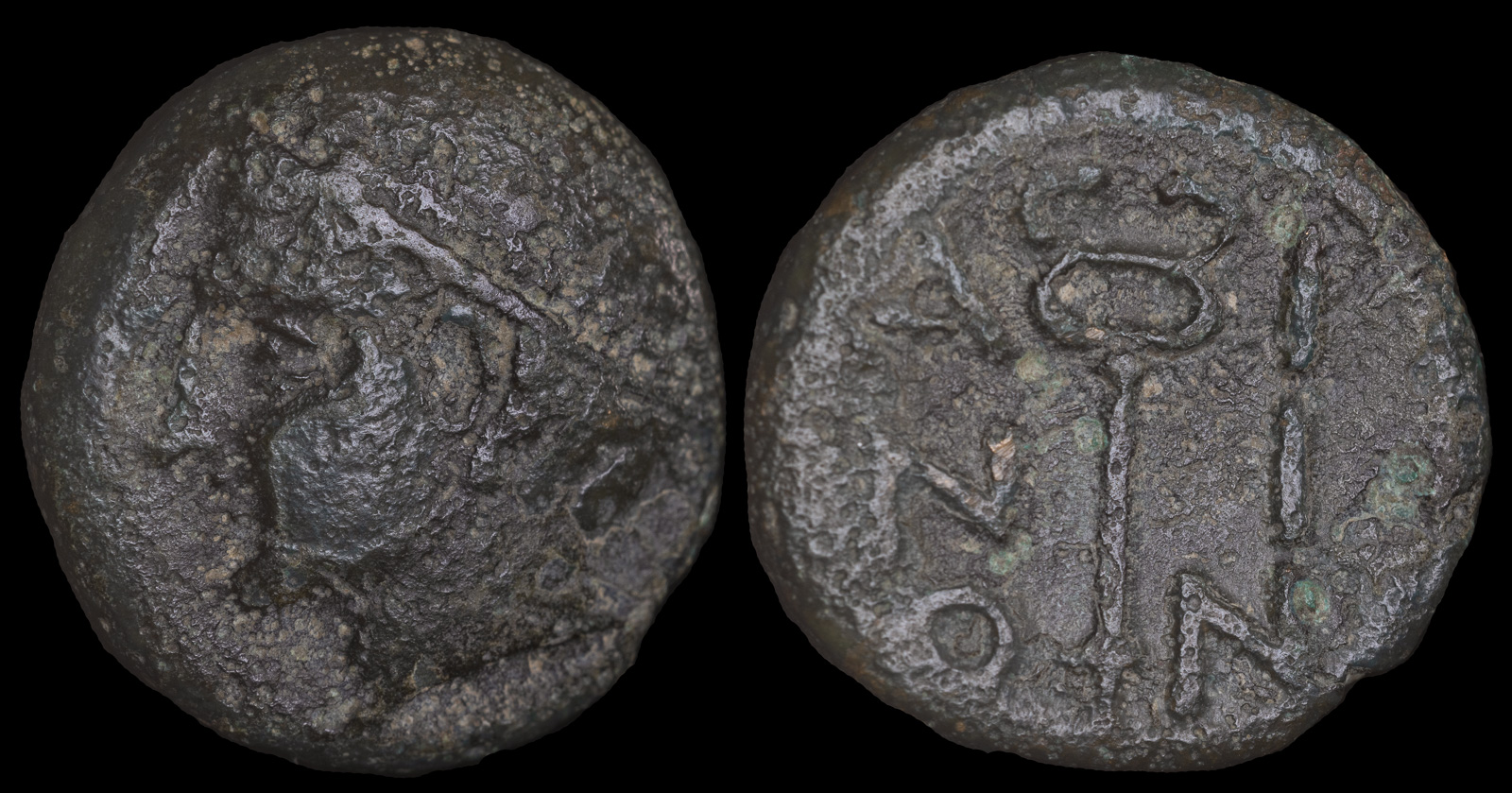Petasos
View All Tags
The petasos was made of felt or leather and had a wide, circular brim, designed to provide protection from the sun and rain. This practicality made it ideal for long journeys, and it was frequently worn by travelers, merchants, and those involved in military campaigns. For soldiers, the petasos was often worn in combination with armor and other military gear, providing a functional and protective accessory during battle or while on the march.
One of the most iconic images of the petasos comes from depictions of Alexander the Great and his companions. It was a part of their military uniform, symbolizing the practical and mobile nature of the Macedonian army, known for its ability to move quickly and decisively in battle. The petasos was particularly useful in cavalry units, where it shielded riders from the elements during long marches and provided a clear visual identification for troops.
In addition to its military use, the petasos also had a cultural and religious significance in ancient Greece and Macedonia. It was sometimes associated with the god Hermes, the messenger of the gods, who was often depicted wearing a winged petasos.
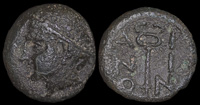
Ainos, Thrace 280-200 BCE
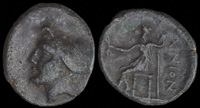
Ainos, Thrace after 323 BCE
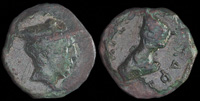
Alexander of Pherai 369-359 BCE
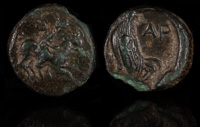
Dardanos, Troas 300-200 BCE
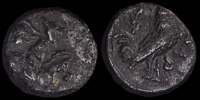
Dardanos, Troas 4th-3rd century BCE
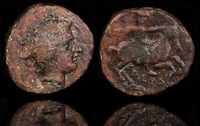
Derdas II ca 380 BCE
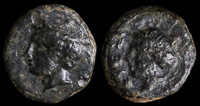
Eresos, Lesbos 300-200 BCE
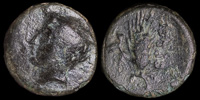
Eresos, Lesbos 3rd-2nd cent BCE
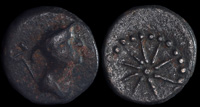
Gargara, 3rd-2nd centuries BCE
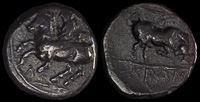
Krannon, Thessaly 300 BCE
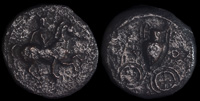
Krannon, Thessaly 350-300 BCE
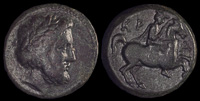
Krannon, Thessaly 4th century BCE

Kypsela, Thrace 420-380 BCE
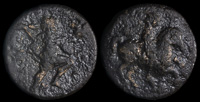
Olosson, Thessaly 400-350 BCE
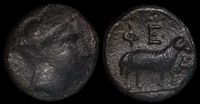
Pheneos, Arkadia 350-300 BCE
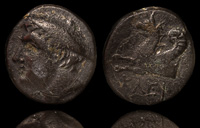
Phokaia, Ionia 350-300 BCE
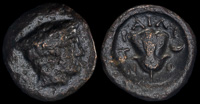
Tragilos, Macedon 400-380 BCE
